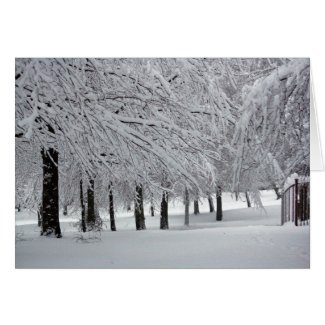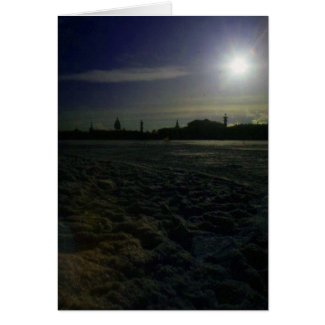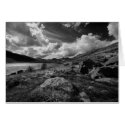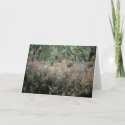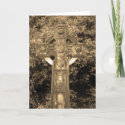I am writing this in response to the frequent times I see in forums where photographers are to be found, people asking for help in buying their first DSLR. Now there are many people that are knowledgeable on the internet that are willing to give good advice but it is hard to find for the novice. When it is lost in a sea of advice like “buy brand Z it’s the best” or “I have model ABC and I am happy with it” or even “I got brand X because all my friends have brand X so I could use their lenses.

You need to think about the type of photography you like. Now my logic may seam back to front but think about it this way, camera makers bring out new camera bodies every year or two so this year’s new model will be out of date next year. There is no reason why you would not carry on using last years model for many more years to come but when you do buy your next camera you will most likely buy the same make so that you do not have to buy all your lenses again.
The lens is king. You have to think about what type of photography you like to take and what type of lens you need. Is it sport, nature, wildlife or portraiture? This will help you to know where your photography may go, if you like nature photography you may move on to macro or landscape photography. When you look at which brand to pick you will find that they have much the same lenses, it is only when you look at the less popular lenses that you will start to see a difference between the brands. One thing to look out for is if all the brands lenses will fit on all their bodies.

Therefore, now you have found a brand that has all the lenses you will ever need you can start to look at the camera bodies. By having put some thought into what type of photography you would like to take you will have a better idea what you will need form you camera body. When brands update old models or bring out new models they have new features that the brands think that people will use, the thing you have to ask your self is will you use them. All the main brands have DSLR cameras from entry to pro with many models in between so you should be able to find one that fits your needs.

Now that you have found the perfect camera for your needs and start searching the internet for the best price, stop, you should go to the high street photography shop or a few of them. Here you will be able to ask questions like, where the nearest service centre is and what problems other people have had with that brand and model. The biggest reason for visiting your local photography shop is that you will get to play with the camera of your dreams, what looks great on paper can leave a very different impression when in your hands.
One option that is often over looked is to hire a camera for a week or two to find out if that model is for you. You may even find that you do not like that brand or even the need for a DSLR at all.

A lot of terminology and references go back to 35mm SLR cameras. A 50mm lens on a 35mm SLR will give you the same angle of view of that of an average person, a smaller angle will make things seam closer giving you a telephoto lens and a larger angle of view will give you a wide-angle lens. This is the same for DSLR cameras if they have a full frame sensor, however many cameras have cropped sensors so a sensor with a crop of 1.6 will turn a 50mm lens into a 80mm. This will give you extra reach at the long end but will reduce how wide your wide-angle lens is.


